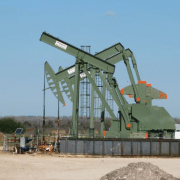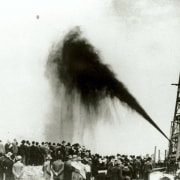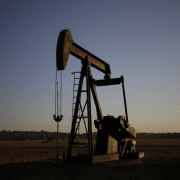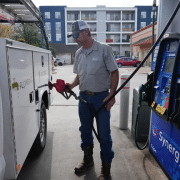Oil production in South Texas, home of the second largest U.S. shale field, is going to rise as much as 4% this year. It is as higher prices spur more drilling and as U.S. crude exports set new records.
Output in the Eagle Ford shale field tanked in 2020. On the other hand, it has returned to growth with an average increase per month. It is about 17,000 barrels per bay (bpd) in the back half of 2022, according to U.S. government data. Its gains will help keep U.S. output rising as the Permian basin, the largest U.S. shale field has slowed rapidly in the last year.
Output in the Eagle Ford is going to rise between 25,000 to 40,000 barrels per day. This is what Alexandre Ramos-Peon said. He is the head of shale well research at Rystad Energy.
“Over the past few months, oil and gas production in South Texas have been showing new signs of life”. An analyst at RBN Energy, said in a report.
The number of rigs drilling for oil in the Eagle Ford rose to 69 in the week of Jan. 13, the highest since March 2019, up from 43 a year ago, according to the latest data from Baker Hughes.
Devon Energy Corp closed on a $1.8 billion deal in September that doubled its presence and will increase the proportion of oil from its wells in the Eagle Ford to 60% from 49%, RBN Energy said.
Click here to read the full article
Source: Reuters
If you have further questions about the topic related to oil production, feel free to contact us here.









